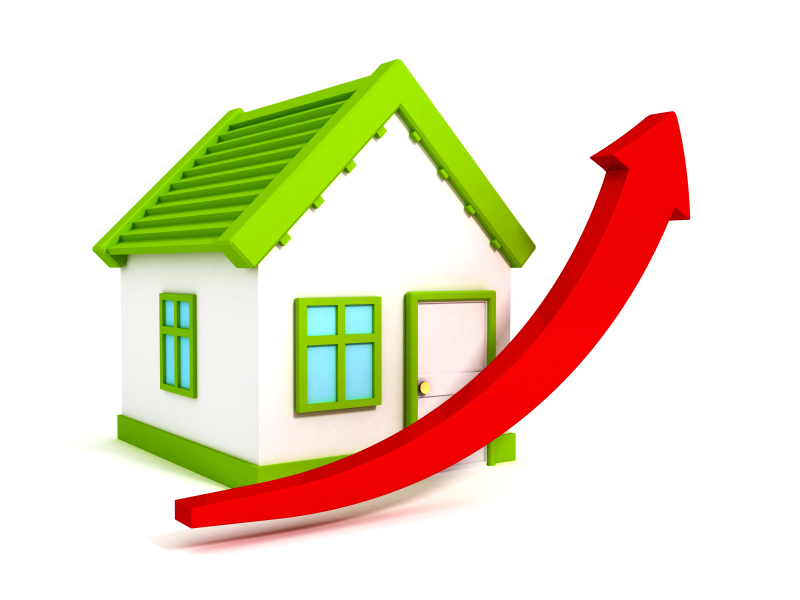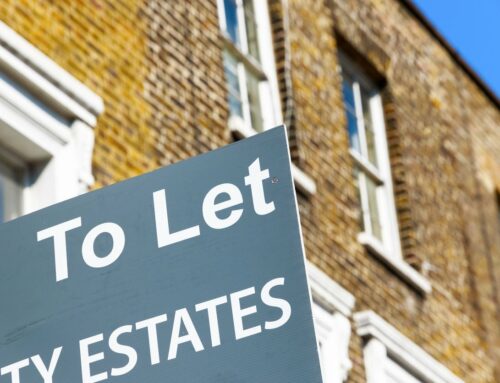Home » Uncategorised »
Rents Continued to Rise in Regions since Brexit Vote
This article is an external press release originally published on the Landlord News website, which has now been migrated to the Just Landlords blog.

Rent prices across UK regions have continued to rise since the Brexit vote in 2016, but a slowdown is looming, according to the latest Landbay Rental Index.
Annual rent price growth in the UK (excluding London) is at its lowest point in almost six years, at an average of 1.16%, compared to 1.13% in February 2013, the report shows.
However, since the vote to leave the European Union in June 2016, total rent price growth across the English regions has been seven times that of London, at an average of 3.69%, compared to the capital’s 0.52%. Including London, England’s rent price growth stood at 2.5%.
London’s property market, which has suffered disproportionately from Brexit uncertainty, saw annual rent price growth drop from an average of 1.26% in June 2016 to a low of -0.31% in June 2017, before starting a slow recovery to 0.67% in January 2019. In total, cumulative rent price growth in the capital since the Brexit vote has been just 0.52%.
The only other region to see cumulative rent price growth since the Brexit vote below 1% is the North East, which saw rents increase by an average of 0.71%.

In contrast, the East Midlands leads the way, with significant growth of 6.28% since June 2016, followed by the West Midlands, at 4.75%.
However, rent price growth is slowing. England (excluding London) has recorded the lowest annual growth in six years (1.11% in January 2019 compared to 1.07% in January 2013). Wales is currently at its lowest since April 2014 (1.39%), while Northern Ireland’s growth of 0.54% is the slowest since Landbay’s first Rental Index in January 2012.
Scotland, on the other hand, recorded annual rent price growth of 1.66%, having steadily grown over the last six months. The average rent price north of the border is now £746 per month, which is higher than Northern Ireland (£573) and Wales (£656), and is creeping up to the English average (excluding London), of £776.
This Scottish growth is led by high annual growth in Edinburgh City (5.88%), Inverclyde (3.56%), and Glasgow City (2.49%), while Aberdeen City (-6.62%) and Aberdeenshire (-5.42%) are weighing down on faster national average growth.
John Goodall, the CEO and Founder of Landbay, comments: “Falling rents in London have masked relatively strong growth in the rest of the UK since the Brexit vote, but we are now firmly in the midst of a nationwide rental growth slowdown. This may be some relief to renters, but the cost of renting a property remains high. House prices continue to outpace wage growth, dampening the ability of aspiring homeowners to save for a property of their own, meaning demand for rented accommodation remains robust.
“Without a radical housebuilding plan for both first time buyers and purpose-built rental properties, there is no way supply will ever be able to catch up with demand. The Government needs to take action fast, especially in times of economic and political uncertainty, the private rental sector is more important than ever.”
He continues: “Rental growth may be slowing, but the pace of change varies wildly between regions. Landlords and brokers alike need to be tuned into these variations, in order to maximise their profits, using variations in rental growth and yields over the past year to pick out some of the most promising regions for buy-to-let. Consistent rental demand will obviously drive returns in the long-term, but by selecting the right location yields will be even greater.”




